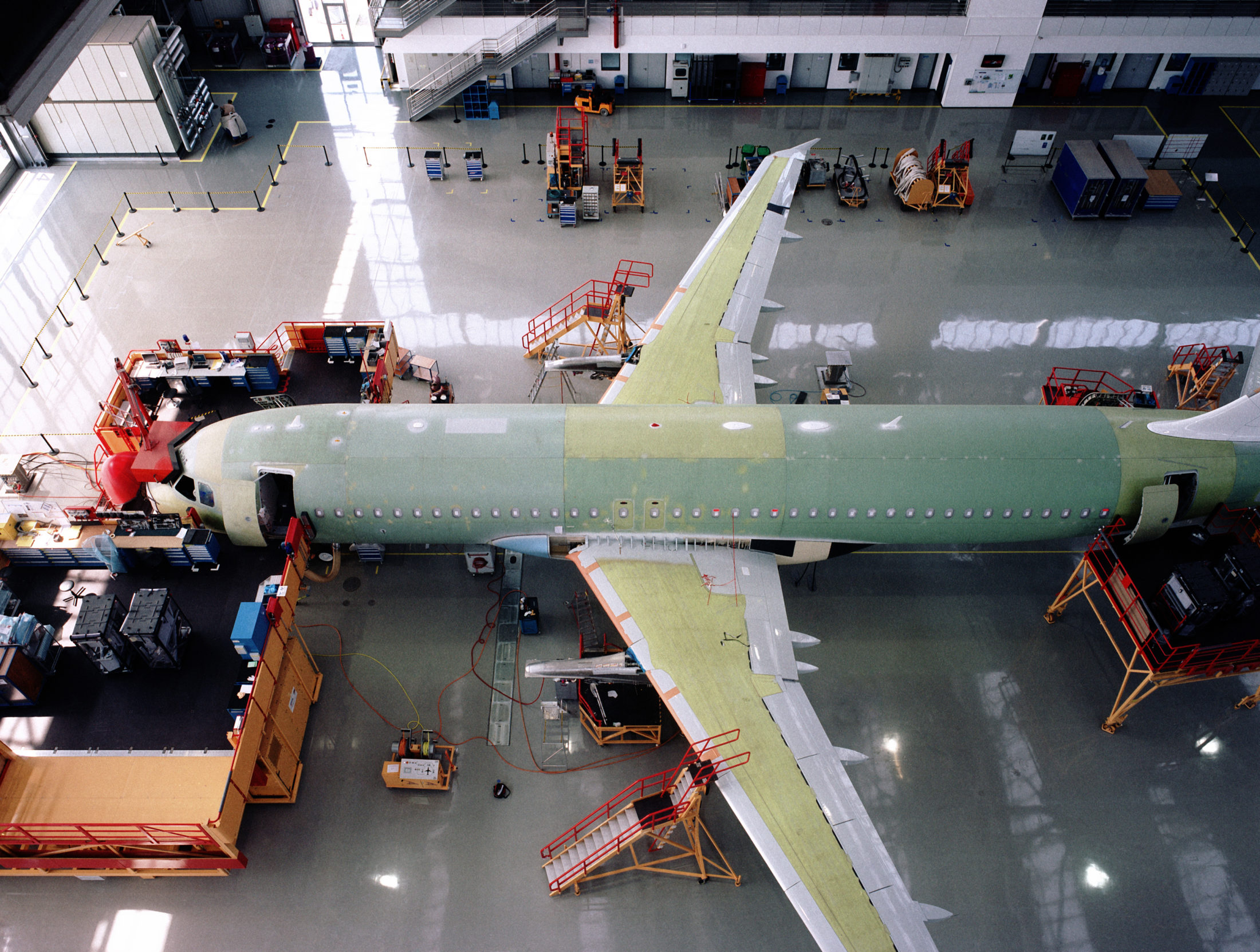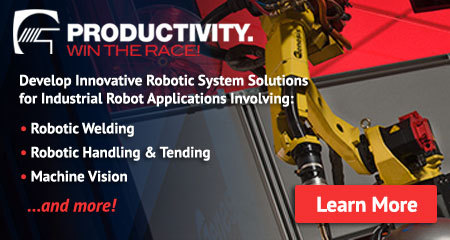How the aircraft industry utilizes laser metrology for quality control

Process inspection is a quality control measure made during the manufacturing of aircraft parts. Process inspection poses many challenges due to the number of parts and materials in need of inspection. Due to its labor-intensive nature, aircraft process inspection can be costly and time consuming.
Laser metrology is utilized in the aerospace, automotive, and heavy industrial industries, yet is widely used for aircraft inspection. It enhances accuracy and reliability that can help streamline process inspections.
How does laser metrology work?
Laser metrology is a technique that helps analyze and optimize aircraft structures. For example, the aerospace industry is integrating composite materials which necessitates careful handling.
Aircrafts contain many expensive, fragile parts, some of them with delicate surfaces. Laser metrology enables you to analyze delicate surfaces, such as wings and tailfins. The laser is also able to analyze between closely knit surfaces.
Robotic laser metrology versus other inspection methods
Traditional inspection methods offer low sampling rates, which introduce more measurement imperfections, no matter how minor. Due to its use of optical laser technology, robotic laser metrology is faster, more accurate, and more thorough than the traditional tactile inspection method.
When safety is a concern, laser technology enables you to inspect high-temperature surfaces without getting too close to it. Since laser metrology is remote controlled, there is no longer a need for operators to go on lifts and platforms. Laser metrology can generate numerous point clouds, or data points in space. With the increased amount of point clouds, laser metrology generates highly accurate 3D geometric representations of the shapes it scans.
Benefits of laser metrology
Automated measurement processes offer reduced inspection time of aircraft parts. Its compact, portable nature allows you to collect data for measurement and analysis during all stages of the production process. Reporting becomes more streamlined, enabling you to make more comparisons on location, cylindricity, parallelism and more.
Aircraft laser metrology’s mechanized design enables it to make precise movements over the objects being scanned. Since the laser is not restricted, it can scan any material and conform to any surface.
In addition, aircraft laser metrology allows for:
- In-process component inspection of all surfaces
- Increased data collection in a fraction of the time
- Measures more points than tactile probing
For more information on laser metrology, visit Genesis Laser Metrology.
Posted in Robotic Material Handling
